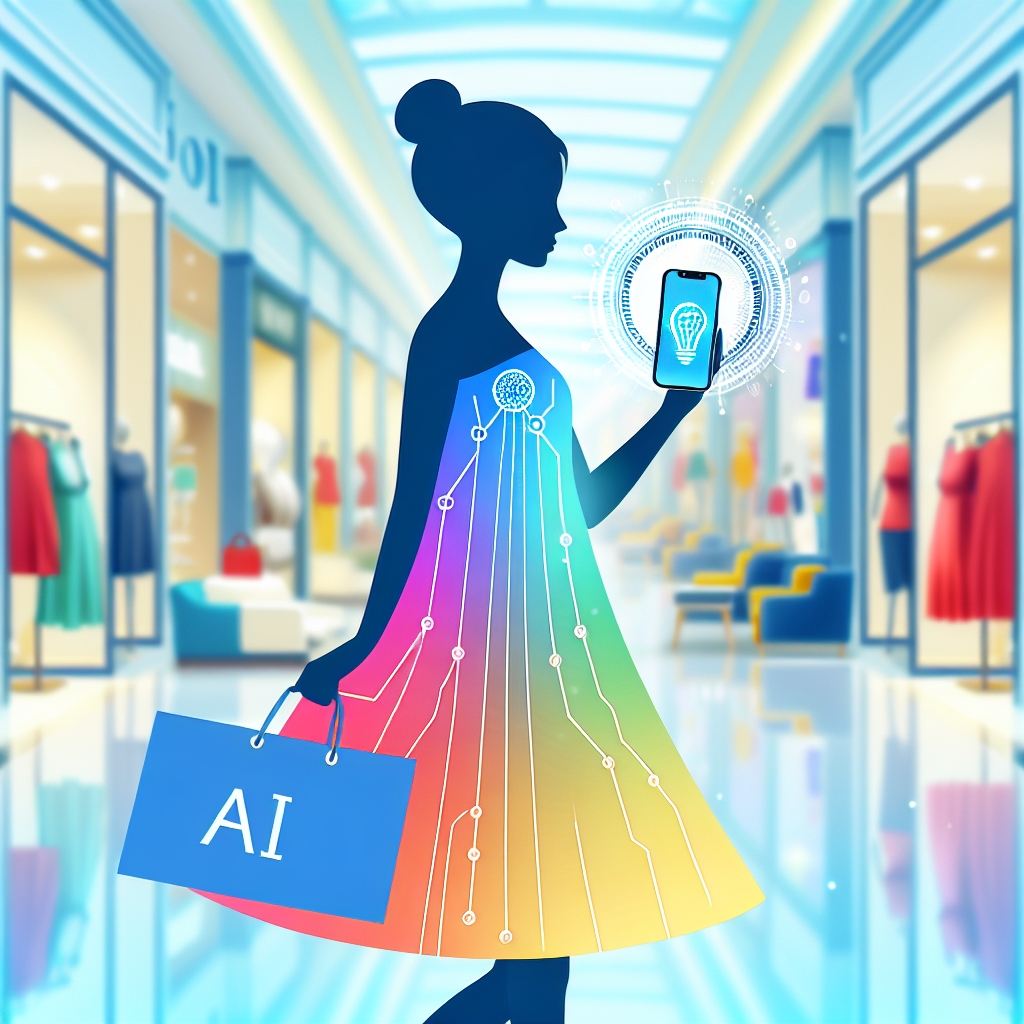Artificial Intelligence (AI) is revolutionizing the way we shop for fashion, making the shopping experience more personalized, convenient, and enjoyable for consumers. From virtual fitting rooms to personalized recommendations, AI is transforming the way we discover, try on, and purchase clothing and accessories. In this article, we will explore how AI is enhancing the shopping experience for fashion consumers and what the future holds for this exciting technology.
Personalized Recommendations
One of the most significant ways AI is improving the shopping experience for fashion consumers is through personalized recommendations. AI algorithms analyze a shopper’s browsing history, purchase behavior, and preferences to suggest products that are tailored to their individual style and taste. This not only saves consumers time and effort in finding the perfect outfit but also helps retailers increase sales by offering relevant and targeted recommendations.
AI-powered recommendation engines are used by many online retailers, such as Amazon and ASOS, to provide shoppers with personalized product suggestions based on their past interactions with the website. These recommendations can include similar items to ones they have previously purchased, items that are currently trending, or products that complement their existing wardrobe.
Virtual Try-Ons
Another way AI is revolutionizing the shopping experience for fashion consumers is through virtual try-ons. Virtual fitting rooms use AI technology to create a digital representation of a shopper’s body, allowing them to try on clothes virtually before making a purchase. This not only helps consumers make more informed buying decisions but also reduces the likelihood of returns, as shoppers can see how an item will look on them before buying it.
Virtual try-on technology is particularly popular in the beauty and eyewear industries, where consumers can see how different makeup looks or glasses frames will suit them without having to try them on in person. Retailers such as Sephora and Warby Parker have implemented virtual try-on features on their websites and mobile apps, allowing consumers to experiment with different products and styles from the comfort of their own home.
Chatbots and Virtual Assistants
AI-powered chatbots and virtual assistants are also enhancing the shopping experience for fashion consumers by providing instant customer support and personalized recommendations. Chatbots use natural language processing (NLP) to understand and respond to customer queries, helping shoppers find the right products, answer questions about sizing and fit, and provide assistance with the ordering process.
Virtual assistants, such as Amazon’s Alexa and Google Assistant, can also help consumers shop for fashion items by suggesting outfit ideas, tracking deliveries, and even placing orders on their behalf. These virtual assistants use AI algorithms to learn about a shopper’s preferences and habits, making shopping more convenient and efficient for busy consumers.
Predictive Analytics
AI is also being used to predict consumer trends and preferences in the fashion industry, helping retailers stay ahead of the curve and deliver products that are in demand. Predictive analytics algorithms analyze data from social media, search engines, and other sources to identify emerging trends, popular styles, and consumer preferences, allowing retailers to stock their shelves with the right products at the right time.
By leveraging predictive analytics, retailers can optimize their inventory management, pricing strategies, and marketing campaigns to meet the needs and desires of their target audience. This not only improves the shopping experience for consumers but also helps retailers increase sales and stay competitive in a fast-paced and ever-changing industry.
FAQs
Q: How does AI personalize recommendations for fashion consumers?
A: AI algorithms analyze a shopper’s browsing history, purchase behavior, and preferences to suggest products that are tailored to their individual style and taste.
Q: How accurate are virtual try-on technologies in predicting how clothes will fit?
A: Virtual try-on technologies use AI technology to create a digital representation of a shopper’s body, providing a realistic and accurate representation of how clothes will fit.
Q: Can chatbots and virtual assistants help shoppers with sizing and fit questions?
A: Yes, chatbots and virtual assistants use natural language processing (NLP) to understand and respond to customer queries, helping shoppers find the right products, answer questions about sizing and fit, and provide assistance with the ordering process.
Q: How can retailers benefit from predictive analytics in the fashion industry?
A: Predictive analytics algorithms analyze data from social media, search engines, and other sources to identify emerging trends, popular styles, and consumer preferences, helping retailers optimize their inventory management, pricing strategies, and marketing campaigns to meet the needs and desires of their target audience.
In conclusion, AI is transforming the shopping experience for fashion consumers by providing personalized recommendations, virtual try-ons, chatbots and virtual assistants, and predictive analytics. This technology is making shopping more convenient, efficient, and enjoyable for consumers, while also helping retailers increase sales and stay ahead of the competition. As AI continues to evolve and improve, the future of fashion shopping looks brighter than ever.

